How to install the app on iOS
Follow along with the video below to see how to install our site as a web app on your home screen.
Note: This feature may not be available in some browsers.
You are using an out of date browser. It may not display this or other websites correctly.
You should upgrade or use an alternative browser.
You should upgrade or use an alternative browser.
Ballistic ‘Space Weapon’ and Pakistan Should Be Terrified
- Thread starter Pied Piper
- Start date
Smarana Mitra
BANNED

- Joined
- Feb 22, 2019
- Messages
- 1,216
- Reaction score
- -8
- Country
- Location
From when did Pakistan have anti-satellite capability?This capability is not a big deal btw.
We have three orbiting metals in space....lol
While, India has more than 30 such metals(both chromatic and SAR).
The question is: will India target our Satellites? And what India can do to stop the retaliation from our side, when we hit each of their Satellite at low Elevation towards west?
Pakistan has only 3 satellites and that too is made and launched by China. There isn't much that India can destroyWith this tech, India can now successfully shoot down Pakistani satellites causing a chaos and blindness for Pakistan.
A reply from Pakistan is a MUST now. Pakistan should have anti satellite missiles of its own to deter indian state aggression against Pakistan.
I'm still waiting for some kind of evidence or confirmation.
Ohh boy....
Riz
ELITE MEMBER

- Joined
- Jan 20, 2010
- Messages
- 9,162
- Reaction score
- -6
- Country
- Location
We dont need anything to destroy indian junk , why we need to destroy an indian satellite which failed to find F-16 wirkage until today ???? We don't have any security concerns with indian made technologies..Can Pakistan destroy its own defunct Badr satellite with an IRBM like Shaheen 3?
atya
SENIOR MEMBER

- Joined
- Mar 29, 2010
- Messages
- 1,328
- Reaction score
- 0
If they have successfully hit a satellite, there would be space debri and the international community would be in arms right now. It would be all over the mediaOhh boy....
Pied Piper
FULL MEMBER

- Joined
- Mar 2, 2019
- Messages
- 168
- Reaction score
- 0
- Country
- Location
Pakistan against weaponisation of outer space, says FO
By news desk
Mar.27,2019
https://tribune.com.pk/story/1938396/1-pakistan-weaponisation-outer-space/
Boasting of such capabilities is reminiscent of Don Quixote’s tilting against windmills: FO
[
Pakistan on Wednesday asserted that it remains a strong proponent of the United Nations resolution on Prevention of Arms Race in Outer Space.
The statement comes after India tested an anti-satellite weapon, claiming the indigenously produced interceptor was used to destroy an object in orbit.
Such a weapon allows for attacks on enemy satellites – blinding them or disrupting communications – as well as providing a technology base for intercepting ballistic missiles.
India shoots down satellite in space; Modi hails major breakthrough
The Foreign Office, responding to media questions on the matter, said Pakistan believed there was a need to address gaps “in the international space laws with a view to ensuring that no one threatens peaceful activities and applications of space technologies for socio-economic development.”
“Space is the common heritage of mankind and every nation has the responsibility to avoid actions which can lead to the militarisation of this arena,” said the FO.
“We hope that countries which have in the past strongly condemned demonstration of similar capabilities by others will be prepared to work towards developing international instruments to prevent military threats relating to outer space.”
Taking a jibe at Indian Prime Minister Narendra Modi hailing the anti-satellite test as a major
breakthrough in its space programme, the FO spokesperson quipped that “boasting of such capabilities is reminiscent of Don Quixote’s tilting against windmills.
Modi had termed it an unprecedented achievement for New Delhi.
Prevention of Arms Race in Outer Space (PAROS)
The draft treaty submitted by Russia at the Conference of Disarmament (CD) in 2008 proposed that state parties would commit to refraining from placing objects carrying any type of weapon into orbit, installing weapons on celestial bodies, and threatening to use force against objects in outer space. They would also agree to practice agreed confidence-building measures.
The treaty prevents any nation from gaining a military advantage in outer space. You can read about the treaty here.
By news desk
Mar.27,2019
https://tribune.com.pk/story/1938396/1-pakistan-weaponisation-outer-space/
Boasting of such capabilities is reminiscent of Don Quixote’s tilting against windmills: FO
[
Pakistan on Wednesday asserted that it remains a strong proponent of the United Nations resolution on Prevention of Arms Race in Outer Space.
The statement comes after India tested an anti-satellite weapon, claiming the indigenously produced interceptor was used to destroy an object in orbit.
Such a weapon allows for attacks on enemy satellites – blinding them or disrupting communications – as well as providing a technology base for intercepting ballistic missiles.
India shoots down satellite in space; Modi hails major breakthrough
The Foreign Office, responding to media questions on the matter, said Pakistan believed there was a need to address gaps “in the international space laws with a view to ensuring that no one threatens peaceful activities and applications of space technologies for socio-economic development.”
“Space is the common heritage of mankind and every nation has the responsibility to avoid actions which can lead to the militarisation of this arena,” said the FO.
“We hope that countries which have in the past strongly condemned demonstration of similar capabilities by others will be prepared to work towards developing international instruments to prevent military threats relating to outer space.”
Taking a jibe at Indian Prime Minister Narendra Modi hailing the anti-satellite test as a major
breakthrough in its space programme, the FO spokesperson quipped that “boasting of such capabilities is reminiscent of Don Quixote’s tilting against windmills.
Modi had termed it an unprecedented achievement for New Delhi.
Prevention of Arms Race in Outer Space (PAROS)
The draft treaty submitted by Russia at the Conference of Disarmament (CD) in 2008 proposed that state parties would commit to refraining from placing objects carrying any type of weapon into orbit, installing weapons on celestial bodies, and threatening to use force against objects in outer space. They would also agree to practice agreed confidence-building measures.
The treaty prevents any nation from gaining a military advantage in outer space. You can read about the treaty here.
kris
SENIOR MEMBER

- Joined
- Dec 3, 2016
- Messages
- 2,565
- Reaction score
- -12
- Country
- Location
Neither opposed by any other nation.If they have successfully hit a satellite, there would be space debri and the international community would be in arms right now. It would be all over the media
This is a matter of concern for you and china
It's not achieved over days.India’s missile and space capability have and will exponentially outpace Pakistan unless rapid investments are undertaken.
No other country will give you people such tech
India won't waste this weapon targeting civilian satellites of pakistanThis capability is not a big deal btw.
We have three orbiting metals in space....lol
While, India has more than 30 such metals(both chromatic and SAR).
The question is: will India target our Satellites? And what India can do to stop the retaliation from our side, when we hit each of their Satellite at low Elevation towards west?
This is china centric
Pakistan should ignore militaristic approach to space and should focus on asteroid mining first. Let the baboon wave his stick around.
Wanna fly before learning to crawl...
All the best
GumNaam
ELITE MEMBER

- Joined
- Sep 23, 2016
- Messages
- 12,482
- Reaction score
- -13
- Country
- Location
india tested nukes, PAKISTAN SHOULD BE TERRIFIED!
Pakistan:
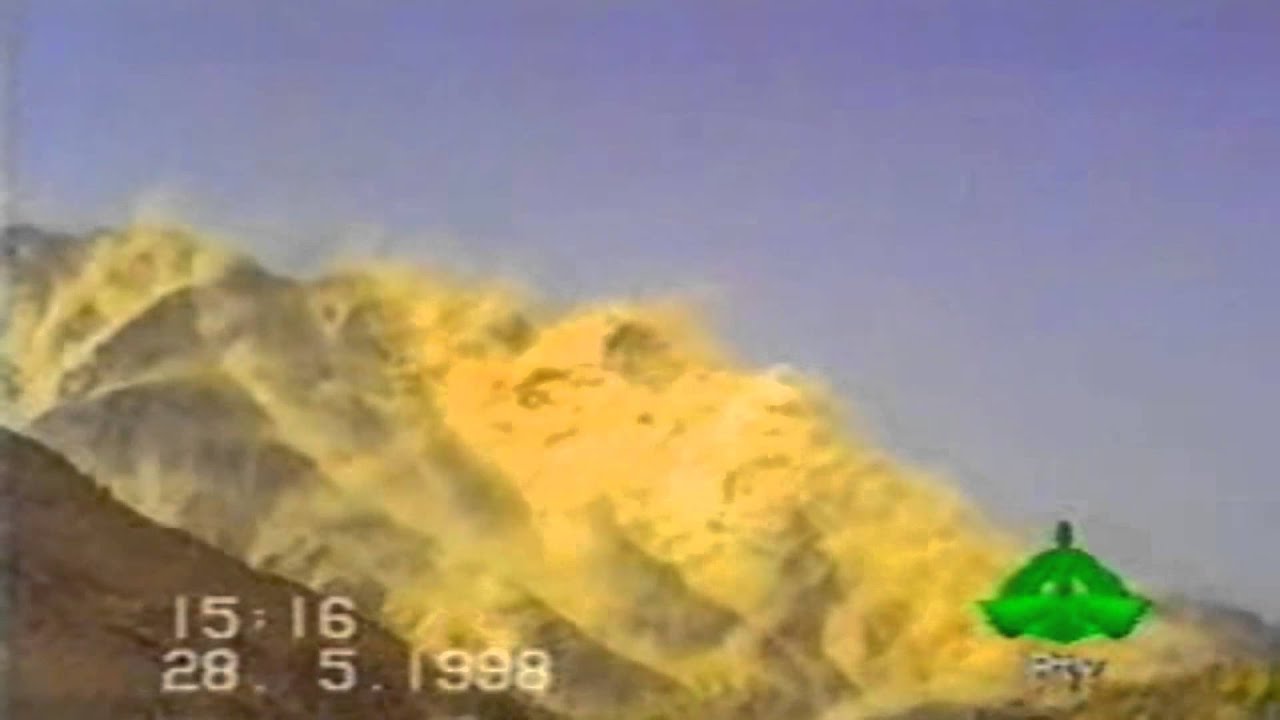
india tested the arjunk tank, PAKISTAN SHOULD BE TERRIFIED!
Pakistan:
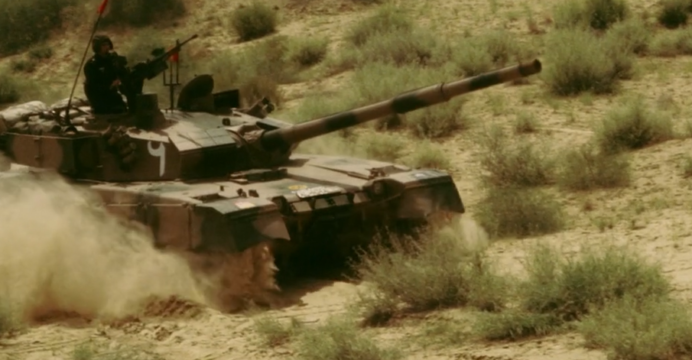
india tested tejas truck driver, PAKISTAN SHOULD BE TERRIFIED!
Pakistan:
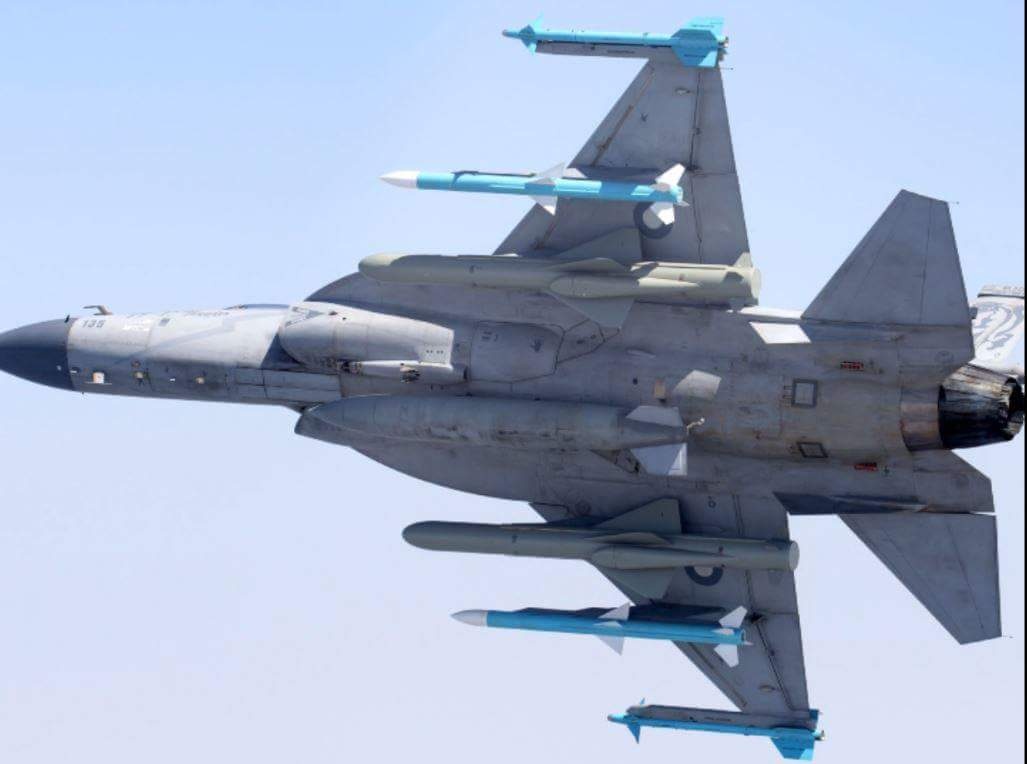
india tested new air craft carrier, PAKISTAN SHOULD BE TERRIFIED!
Pakistan:
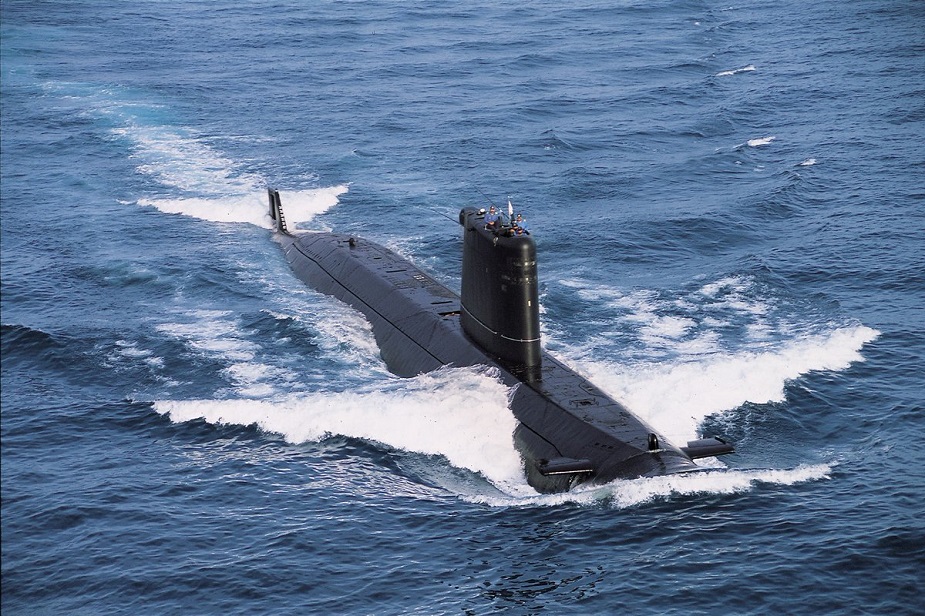
india just tested the agni5, PAKISTAN SHOULD BE TERRIFIED!
Pakistan:
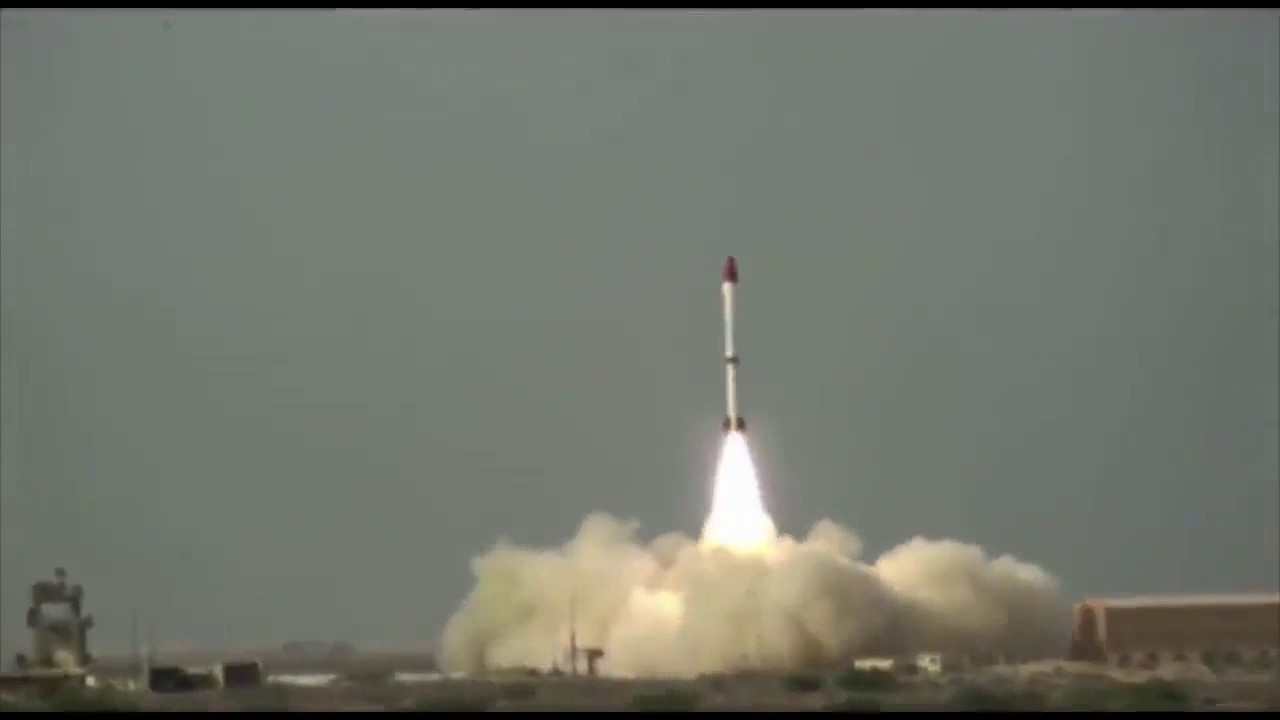
india just made ajay devgun, PAKISTAN SHOULD BE TERRIFIED!
Pakistan:

india just tested anti satellite, PAKISTAN SHOULD BE TER....
Pakistan:n!gga, you don't get it, HUM DAR TAY NAHI, DARA TAY HAIN!

Pakistan:

india tested the arjunk tank, PAKISTAN SHOULD BE TERRIFIED!
Pakistan:

india tested tejas truck driver, PAKISTAN SHOULD BE TERRIFIED!
Pakistan:
india tested new air craft carrier, PAKISTAN SHOULD BE TERRIFIED!
Pakistan:

india just tested the agni5, PAKISTAN SHOULD BE TERRIFIED!
Pakistan:

india just made ajay devgun, PAKISTAN SHOULD BE TERRIFIED!
Pakistan:

india just tested anti satellite, PAKISTAN SHOULD BE TER....
Pakistan:n!gga, you don't get it, HUM DAR TAY NAHI, DARA TAY HAIN!

Pied Piper
FULL MEMBER

- Joined
- Mar 2, 2019
- Messages
- 168
- Reaction score
- 0
- Country
- Location
Mission Shakti: Pakistan urges world to slam India, China calls for peace
https://www.indiatoday.in/world/sto...ite-missile-pakistan-china-1487866-2019-03-27
Reacting to launch of Mission Shakti, China expressed hope that all countries will uphold peace and tranquillity in the outer space. Pakistan said that countries should use space technologies only for socio-economic development.

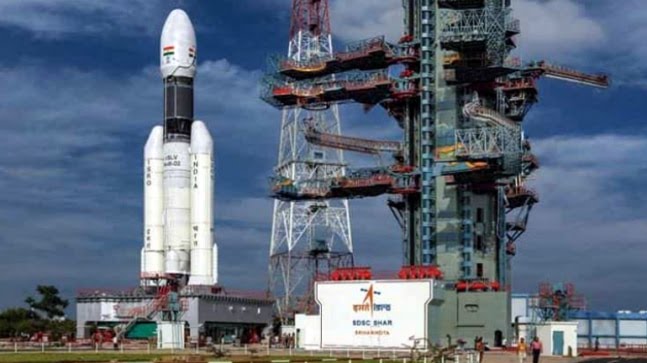
The test makes India the fourth country in the world after the US, Russia and China to acquire the strategic capability to shoot down enemy satellites. (Representative image: PTI)
HIGHLIGHTS
After India entered the elite space club of four countries that have anti-satellite missiles with a test launched today, its neighbours Pakistan and China reacted differently to India's 'Mission Shakti'.
While China expressed hope that all countries will uphold peace and tranquillity in the outer space, Pakistan said that countries should use space technologies only for socio-economic development.
Pak decries Mission Shakti
Pakistan called on the international community to condemn the act and strengthen international laws regarding the militarization of space.
"We hope that countries which have in the past strongly condemned demonstration of similar capabilities by others will be prepared to work towards developing international instruments to prevent military threats relating to outer space," said a spokesperson for the Pakistan government.
The spokesperson reiterated that Pakistan has been a strong proponent of Prevention of Arms Race in Outer Space. He said, "Space is the common heritage of mankind and every nation has the responsibility to avoid actions which can lead to the militarization of this arena."
Pakistan took the literary route to decry India's display of space prowess by quoting Don Quixote. Mocking the announcement of the anti-satellite missile test by Indian Prime Minister Narendra Modi, Pakistan said that "boasting of such capabilities is reminiscent of Don Quixote's tilting against windmills" a phrase which means to fight imaginary enemies.
China remains guarded
China, on the other hand, was guarded in its reaction to the launch of the anti-satellite missile.
The Chinese Foreign Ministry, in a written response to a question from news agency PTI on India successfully test-firing an anti-satellite missile, said: "We have noticed reports and hope that each country will uphold peace and tranquillity in outer space."
China conducted such a test in January 2007 when its anti-satellite missile destroyed a defunct weather satellite.
India launches satellite killer
Prime Minister Narendra Modi on Wednesday [March 27] announced that India successfully test-fired an anti-satellite missile by shooting down a live satellite, describing it as a rare achievement that puts the country in an exclusive club of space superpowers.
The test makes India the fourth country in the world after the US, Russia and China to acquire the strategic capability to shoot down enemy satellites.
Prime Minister Modi said that the action was not directed against any country and the satellite was a pre-determined target orbiting at an altitude of 300 km.
He said India did not breach any international laws or treaties by testing the anti-satellite missile.
Mission Shakti, which was led by the Defence Research and Development Organisation, was aimed at strengthening India's overall security, he said in his address that comes a fortnight before the start of the general election.
(with inputs from Hamza Ameer in Islamabad and PTI)
READ | Congress claims credit for anti-satellite weapon, Jaitley hits back saying you didn't allow it, stop patting your back
READ | Mission Shakti: India 4th nation to enter elite space power club with anti-satellite weapon, announces PM Modi
WATCH | India shot down low-Earth orbit satellite: PM Narendra Modi
Get real-time alerts and all the news on your phone with the all-new India Today app. Download from
https://www.indiatoday.in/world/sto...ite-missile-pakistan-china-1487866-2019-03-27
Reacting to launch of Mission Shakti, China expressed hope that all countries will uphold peace and tranquillity in the outer space. Pakistan said that countries should use space technologies only for socio-economic development.

- India Today Web Desk
- New Delhi
- March 27, 2019
- UPDATED: March 27, 2019 17:47 IST

The test makes India the fourth country in the world after the US, Russia and China to acquire the strategic capability to shoot down enemy satellites. (Representative image: PTI)
HIGHLIGHTS
- Pakistan said world should take note of militarisation of space
- China called on countries to maintain peace in space
- India test fired an anti satellite missile on March 27
After India entered the elite space club of four countries that have anti-satellite missiles with a test launched today, its neighbours Pakistan and China reacted differently to India's 'Mission Shakti'.
While China expressed hope that all countries will uphold peace and tranquillity in the outer space, Pakistan said that countries should use space technologies only for socio-economic development.
Pak decries Mission Shakti
Pakistan called on the international community to condemn the act and strengthen international laws regarding the militarization of space.
"We hope that countries which have in the past strongly condemned demonstration of similar capabilities by others will be prepared to work towards developing international instruments to prevent military threats relating to outer space," said a spokesperson for the Pakistan government.
The spokesperson reiterated that Pakistan has been a strong proponent of Prevention of Arms Race in Outer Space. He said, "Space is the common heritage of mankind and every nation has the responsibility to avoid actions which can lead to the militarization of this arena."
Pakistan took the literary route to decry India's display of space prowess by quoting Don Quixote. Mocking the announcement of the anti-satellite missile test by Indian Prime Minister Narendra Modi, Pakistan said that "boasting of such capabilities is reminiscent of Don Quixote's tilting against windmills" a phrase which means to fight imaginary enemies.
China remains guarded
China, on the other hand, was guarded in its reaction to the launch of the anti-satellite missile.
The Chinese Foreign Ministry, in a written response to a question from news agency PTI on India successfully test-firing an anti-satellite missile, said: "We have noticed reports and hope that each country will uphold peace and tranquillity in outer space."
China conducted such a test in January 2007 when its anti-satellite missile destroyed a defunct weather satellite.
India launches satellite killer
Prime Minister Narendra Modi on Wednesday [March 27] announced that India successfully test-fired an anti-satellite missile by shooting down a live satellite, describing it as a rare achievement that puts the country in an exclusive club of space superpowers.
The test makes India the fourth country in the world after the US, Russia and China to acquire the strategic capability to shoot down enemy satellites.
Prime Minister Modi said that the action was not directed against any country and the satellite was a pre-determined target orbiting at an altitude of 300 km.
He said India did not breach any international laws or treaties by testing the anti-satellite missile.
Mission Shakti, which was led by the Defence Research and Development Organisation, was aimed at strengthening India's overall security, he said in his address that comes a fortnight before the start of the general election.
(with inputs from Hamza Ameer in Islamabad and PTI)
READ | Congress claims credit for anti-satellite weapon, Jaitley hits back saying you didn't allow it, stop patting your back
READ | Mission Shakti: India 4th nation to enter elite space power club with anti-satellite weapon, announces PM Modi
WATCH | India shot down low-Earth orbit satellite: PM Narendra Modi
Get real-time alerts and all the news on your phone with the all-new India Today app. Download from
fitpOsitive
ELITE MEMBER

- Joined
- May 27, 2015
- Messages
- 12,933
- Reaction score
- 19
- Country
- Location
From when did Pakistan have anti-satellite capability?
Pakistan has only 3 satellites and that too is made and launched by China. There isn't much that India can destroy
Since long time. In fact we developed that technology way before 1971. At the moment, this is no problem.
The SC
ELITE MEMBER

- Joined
- Feb 13, 2012
- Messages
- 32,233
- Reaction score
- 21
- Country
- Location
ASATs were generally given low priority until 1982, when information about a successful USSR program became widely known in the west. A "crash program" followed, which developed into the Vought ASM-135 ASAT, based on the AGM-69 SRAM with an Altair upper stage. The system was carried on a modified F-15 Eagle that carried the missile directly under the central line of the plane. The F-15's guidance system was modified for the mission and provided new directional cueing through the pilot's head-up display, and allowed for mid-course updates via a data link. The first launch of the new anti-satellite missile took place in January 1984. The first, and only, successful interception was on September 13, 1985. The F-15 took off from Edwards Air Force Base, climbed to 38,100 feet (11,613 m)[2] and vertically launched the missile at the Solwind P78-1, a U.S. gamma ray spectroscopy satellite orbiting at 555 km (345 mi), which was launched in 1979.[3] Although successful, the program was cancelled in 1988.
On February 21, 2008, the U.S. Navy destroyed the malfunctioning U.S. spy satellite USA-193 using a ship-fired RIM-161 Standard Missile 3.
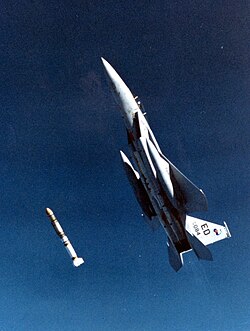
https://en.wikipedia.org/wiki/Anti-satellite_weapon
On February 21, 2008, the U.S. Navy destroyed the malfunctioning U.S. spy satellite USA-193 using a ship-fired RIM-161 Standard Missile 3.

https://en.wikipedia.org/wiki/Anti-satellite_weapon
Pied Piper
FULL MEMBER

- Joined
- Mar 2, 2019
- Messages
- 168
- Reaction score
- 0
- Country
- Location
https://asianmilitaryreview.com/2019/01/pakistans-prss-1-now-live-and-beaming-from-space/
Pakistan’s PRSS-1 now live and beaming from space
Published in Show Daily 2018 - Day 2
By
Asian Military Review
-
January 23, 2019

Share on Facebook
1744
Share on LinkedIn
The Pakistan newest satellite, the Remote Sensing Satellite-1 (PRSS-1) has become operational in August. The Chinese-made PRSS-1 is the first optical remote sensing satellite delivered to Pakistan, and the 17th satellite developed by the China Academy of Space Technology (CAST).
The 1,200kg PRSS-1 satellite is now operating at an altitude of approximately 640km. It is designed to enable Pakistan to meet its sovereign imagery requirements in land mapping, agriculture classification and assessment, urban and rural planning, environmental monitoring, natural disaster and water resource management. The satellite was inserted into orbit by a China Academy of Launch Vehicle Technology (CALT) Long March 2C/SMA rocket from China’s Jiuquan Satellite Centre in July.
The indigenously designed and developed Pakistan Technology Evaluation Satellite-1A (PakTES-1A), which was built by the Pakistan Space and Upper Atmosphere Research Commission (SUPARCO), was also launched alongside the PRSS-1.
PakTES-1A is a 285kg satellite equipped with an optical payload, which will operate at an altitude of approximately 610km with a design life of three years. SUPARCO and the China Great Wall Industry Cooperation (CGWIC) signed an agreement for the development and launch of the PRSS-1 in 2016.
Pakistan and China have pursued joint military satellite communications developments for several years, with China developing and launching its second satellite. The PakSAT-1R (PakSAT-1 Replacement) was launched in August 2011, replacing the PakSAT-1 that had originally been launched as the Palapa C1 for Indonesia from Cape Canaveral in January 2001.
Pakistan satellite will be operating 610km...so it will be out of reach for India ...until they increase their range ?
Pakistan’s PRSS-1 now live and beaming from space
Published in Show Daily 2018 - Day 2
By
Asian Military Review
-
January 23, 2019

Share on Facebook
1744
Share on LinkedIn
The Pakistan newest satellite, the Remote Sensing Satellite-1 (PRSS-1) has become operational in August. The Chinese-made PRSS-1 is the first optical remote sensing satellite delivered to Pakistan, and the 17th satellite developed by the China Academy of Space Technology (CAST).
The 1,200kg PRSS-1 satellite is now operating at an altitude of approximately 640km. It is designed to enable Pakistan to meet its sovereign imagery requirements in land mapping, agriculture classification and assessment, urban and rural planning, environmental monitoring, natural disaster and water resource management. The satellite was inserted into orbit by a China Academy of Launch Vehicle Technology (CALT) Long March 2C/SMA rocket from China’s Jiuquan Satellite Centre in July.
The indigenously designed and developed Pakistan Technology Evaluation Satellite-1A (PakTES-1A), which was built by the Pakistan Space and Upper Atmosphere Research Commission (SUPARCO), was also launched alongside the PRSS-1.
PakTES-1A is a 285kg satellite equipped with an optical payload, which will operate at an altitude of approximately 610km with a design life of three years. SUPARCO and the China Great Wall Industry Cooperation (CGWIC) signed an agreement for the development and launch of the PRSS-1 in 2016.
Pakistan and China have pursued joint military satellite communications developments for several years, with China developing and launching its second satellite. The PakSAT-1R (PakSAT-1 Replacement) was launched in August 2011, replacing the PakSAT-1 that had originally been launched as the Palapa C1 for Indonesia from Cape Canaveral in January 2001.
Accordingly the Indian ASAT capability is upto 300km?PakTES-1A is a 285kg satellite equipped with an optical payload, which will operate at an altitude of approximately 610km
Pakistan satellite will be operating 610km...so it will be out of reach for India ...until they increase their range ?
cerberus
SENIOR MEMBER

- Joined
- Oct 8, 2014
- Messages
- 3,361
- Reaction score
- -20
- Country
- Location
Pied Piper
FULL MEMBER

- Joined
- Mar 2, 2019
- Messages
- 168
- Reaction score
- 0
- Country
- Location
Impressive capability achieved by India - is it safe for the Arms race between India and Pakistan to go to the Space area?
Sooner or later Pakistan will have a counter.. .so again valuable resources spent by both countries in weaponisation of space instead of development for its own people (eradicating poverty etc).
india tested nukes, PAKISTAN SHOULD BE TERRIFIED!
Pakistan:

india tested the arjunk tank, PAKISTAN SHOULD BE TERRIFIED!
Pakistan:

india tested tejas truck driver, PAKISTAN SHOULD BE TERRIFIED!
Pakistan:

india tested new air craft carrier, PAKISTAN SHOULD BE TERRIFIED!
Pakistan:

india just tested the agni5, PAKISTAN SHOULD BE TERRIFIED!
Pakistan:

india just made ajay devgun, PAKISTAN SHOULD BE TERRIFIED!
Pakistan:

india just tested anti satellite, PAKISTAN SHOULD BE TER....
Pakistan:n!gga, you don't get it, HUM DAR TAY NAHI, DARA TAY HAIN!
Excellent points made. ...always a counter ?
Similar threads
- Replies
- 64
- Views
- 7K
- Replies
- 0
- Views
- 331
- Replies
- 1
- Views
- 391
- Replies
- 0
- Views
- 347
